January 4, 2025 | 04:00 GMT +7
January 4, 2025 | 04:00 GMT +7
Hotline: 0913.378.918
January 4, 2025 | 04:00 GMT +7
Hotline: 0913.378.918
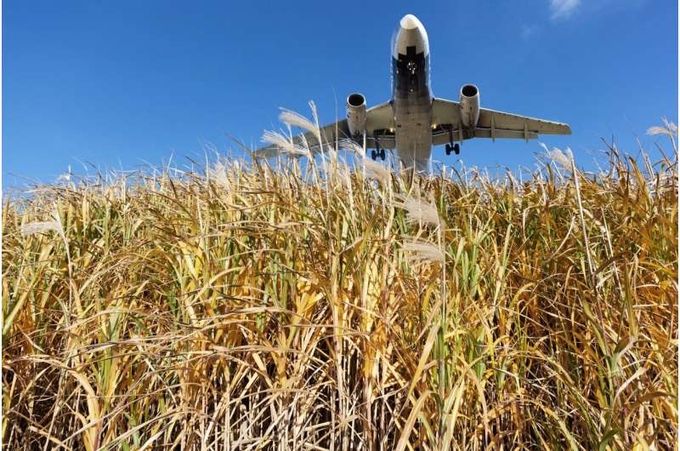
The study found that planting the grass miscanthus on 23.2 million hectares of existing marginal agricultural lands – land that often lays fallow or is poor in soil quality – across the United States would provide enough biomass feedstock to meet the liquid fuel demands of the U.S. aviation sector fully from biofuels, an amount expected to reach 30 billion gallons/year by 2040.
The United States is the largest contributor to aviation carbon dioxide emissions in the world, and is responsible for more than a quarter of all carbon dioxide emitted from flying.
But what if we could make all U.S. air travel nearly emissions free?
What if we could replace carbon-intensive jet fossil fuels with a cleaner alternative: biojet fuels derived from rain-fed grass grown in the U.S.?
New research published on November 14 in the journal Nature Sustainability shows a pathway toward full decarbonization of U.S. aviation fuel use by substituting conventional jet fuel with sustainably produced biofuels.
The study, led by a team of Arizona State University researchers, found that planting the grass miscanthus on 23.2 million hectares of existing marginal agricultural lands—land that often lays fallow or is poor in soil quality—across the United States would provide enough biomass feedstock to meet the liquid fuel demands of the U.S. aviation sector fully from biofuels, an amount expected to reach 30 billion gallons/year by 2040.
"We demonstrate that it is within reach for the United States to decarbonize the fuel used by commercial aviation, without having to wait for electrification of aircraft propulsion," said Nazli Uludere Aragon, co-corresponding author on the study and a recent ASU Geography Ph.D. graduate.
"If we are serious about getting to net zero greenhouse gas emissions, we need to deal with emissions from air travel which are expected to grow under a business-as-usual scenario. Finding alternative, more sustainable liquid fuel sources for aviation is key to this."
Integrating ecosystem, atmospheric science, and economic expertise
In the study, the researchers used an integrated framework of land assessments, hydro-climate modeling, ecosystem modeling, and economic modeling to assess where and under what conditions across the United States, energy crops used for biojet fuels could be grown sustainably using criteria that evaluates both environmental and economic performance.
The criteria was extensive. The team first identified and assessed where optimal marginal agriculture lands already existed in the U.S. They then assessed whether or not one could grow the right energy crops on the land without using additional water.
The team then analyzed whether growing energy crop feedstocks on these lands would have detrimental effects on the surrounding climate or soil moisture and predicted the potential productivity of yields of two different grasses—miscanthus and switchgrass—as suitable biomass energy feedstocks. Finally, the team quantified the amount and the cost of biojet fuel that would be produced and distributed nationwide at scale.
"The current way we produce sustainable jet fuel is very land inefficient and not on a large scale," said Nathan Parker, an author on the study and an assistant professor in the School of Sustainability. "There are very limited ways that aviation could become low carbon emitting with a correspondingly low climate impact and this is one way we've shown that is feasible and can get the aviation industry to be carbon neutral through agriculture."
The scientists emphasized that this integrated systems perspective was critical to the study. In the past, research around the potential of biofuels has largely consisted of isolated assessments that have not been well-integrated, for example, overlooking key data on how the altering crop cover influences the surrounding climate.
"When you plant crops over strategically designed areas, the planting of these crops has an impact on the climate," said Matei Georgescu, co-corresponding author of the study and associate professor in the School of Geographical Sciences and Urban Planning and Director of the Urban Climate Research Center at ASU. "If there is a change in the underlying landscape, for example an increase or decrease in the amount of vegetation, there may be implications for local to regional scale climate, including more or less precipitation, or warmer or cooler temperatures."
To account for these land-atmosphere interactions, the research team took outputs from their hydroclimate model to inform their ecosystem model. The team then evaluated the economic feasibility for farmers to grow these grasses.
Real-world solutions
For any uptake of an alternative energy pathway solutions need to make economic sense.
The researchers in their analysis, benchmarked the financial returns of the existing uses for the lands they identified—some already are used for growing corn, soy, or various other crops, and others are being used as pasture—against those from cultivating either miscanthus or switchgrass as biomass feedstock.
Growing miscanthus or switchgrass needed to be more profitable to replace the existing use of the land in each area.
"These lands we identified are owned and operated by real people for different agricultural uses," said Uludere Aragon, who is now a postdoctoral fellow at the Environmental Defense Fund. "The cost-effective biofuel potential from biomass feedstocks is influenced largely by the opportunity cost of alternative land uses."
In the end, researchers found miscanthus to be the more promising feedstock, and biojet fuels derived from miscanthus can meet the 30 billion gallons/year target at an average cost of $4.10/gallon.
While this is higher than the average price for conventional jet fuel—typically about $2/gallon— the team concluded it is reasonable when considering biojet's potential to cut emissions. Notably, in 2022 jet fuel prices have varied from $2 to $5/gallon (not to be confused with retail gasoline) due to changes in supply and demand, showing prices above $4/gallon are well within the range of possibility.
A template for the future
The researchers say that in finding further solutions to the Earth's climate crisis it is important that the scientific community bridges disciplines and moves past incremental reductions in emissions. Rather, the researchers emphasize the importance of realistic solutions that scale.
"This was an interdisciplinary team with expertise from ecosystems sciences, climate modeling and atmospheric sciences and economics," said Georgescu, who acknowledged this research was a culmination of eight years of modeling work and collaboration. "To truly address sustainability concerns, you need the expert skills of a spectrum of domains."
"As academics, we should remember economics drives people's decisions on the ground. It is vitally important to find the circumstances when these decisions are also aligned with desirable environmental outcomes."
(Phys.org)
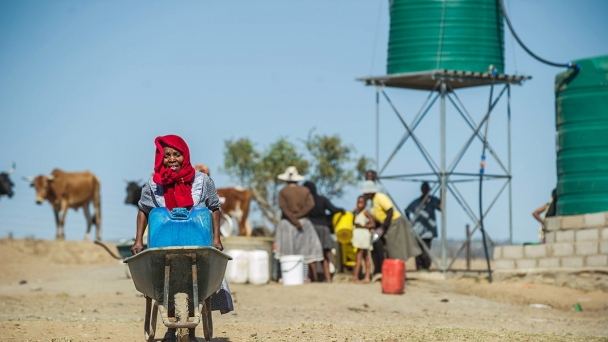
(VAN) A drought-hit province provides glimpses of the planet’s next phase.

(VAN) 40 per cent of the world's soil is already degraded, but the problem could get much worse.
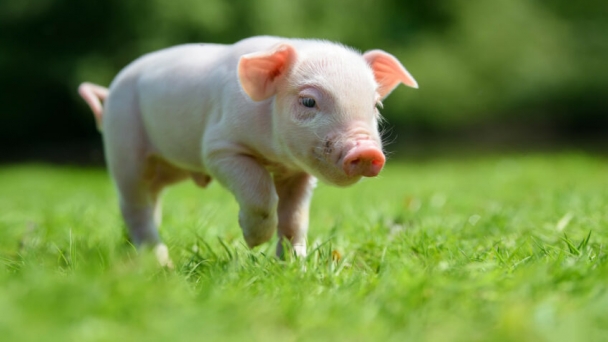
(VAN) In December 2024, the Regulation on Deforestation-Free Products (EUDR) is anticipated to take effect, aiming to reduce deforestation and forest degradation.

(VAN) The growing world population has increased the demand for poultry products and the intensity of the poultry production systems.
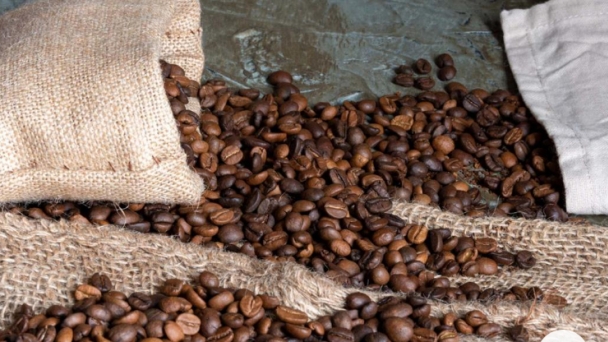
(VAN) The overheating of our planet is putting coffee bean crops at risk, and it's not just the people who rely on a morning caffeine boost who will be affected.
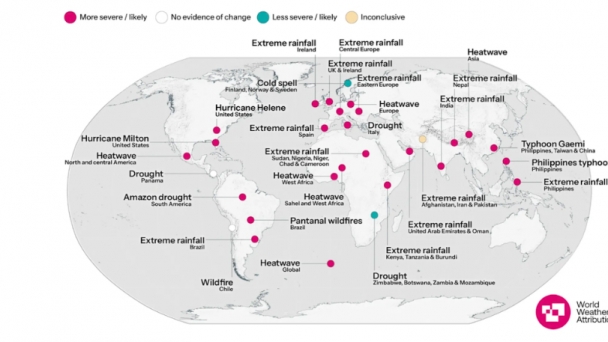
(VAN) 2024 will be the second straight 'hottest year' on record. But it wasn't supposed to be as hot as it was, coming in far ahead of 2023's alarming global temperature spike.

(VAN) Beijing imposed the ban last August after Tokyo began releasing treated radioactive water from the wrecked Fukushima nuclear plant despite Chinese opposition.